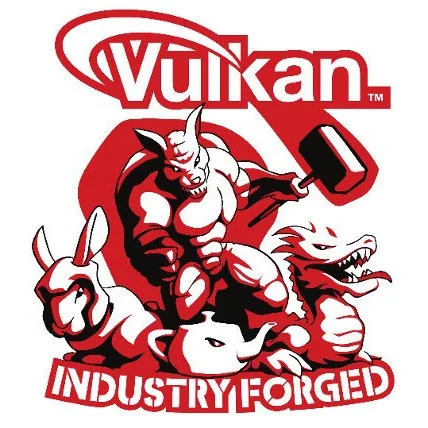Intel Begins Landing Their Open-Source Vulkan Driver Ray-Tracing Support

Back in October I wrote about Intel preparing their open-source driver support for Vulkan ray-tracing ahead of Xe HPG and now with the updated Vulkan spec out there they are able to push more of their work.
The actual enabling of the Vulkan ray-tracing extensions hasn't yet landed but the initial chunk of support was merged overnight. That initial work is on the Intel shader compiler side for supporting ray-tracing support. The SPIR-V SPV_KHR_ray_tracing bits landed and then overnight was the Intel compiler changes in large part what is needed for the ray-tracing.
On the compiler side there is still pending work around the platform support, compiling of ray-tracing pipelines, managing acceleration structures, and dispatching of rays. More details on the batch of code that just landed via this merge request that came in at forty-four hundred lines of new driver code in Mesa 21.0-devel.
Now that the finalized spec is out there, expect more of the work to land soon. Intel Xe HPG with ray-tracing is the next-gen discrete graphics offering from the company expected for releasing at some point in 2021 -- likely H2'21. Details on Xe HPG are still light besides supporting ray-tracing and a lot of other rumors floating around but should at least offer some level of competition to current AMD Radeon and NVIDIA GeForce gaming graphics cards. As we've been accustomed to seeing, it should be accompanied by great open-source Linux driver support.
5 Comments

